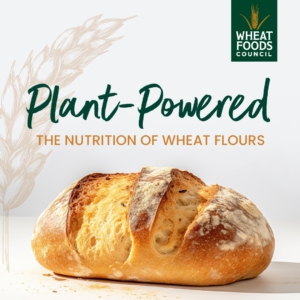
The Wheat Foods Council (WFC) launched a social media campaign on Nov. 20 to help inform fitness professionals and trainers about the benefits of incorporating wheat foods into healthy diets.
Recognizing the increased emphasis consumers are placing on nutrition, the Wheat Foods Council (WFC) launched a social media campaign that educates fitness professionals and trainers about the benefits of incorporating wheat foods into healthy diets.
U.S. Wheat Associates and the WFC are both U.S. farmer-led organizations that promote the value and benefits of U.S. wheat. International customers of U.S. wheat are encouraged to look to the WFC for resources and ideas to increase awareness of wheat foods nutrition.
Wheat’s Nutritional Role
The new WFC campaign on Facebook and Instagram officially launched Nov. 20. It provides evidence-based information on the nutritional and performance advantages of wheat foods. Among those advantages is how wheat foods serve as a reliable and efficient source of energy. The campaign also helps dispel myths about wheat foods and fosters a deeper understanding of the positive impact they have on performance and overall wellbeing.
Instagram users are able to follow the campaign on @wheatfoodscouncil. Users can post the hashtag #WonderofWheat to share and view experiences and recipes.
“By harnessing the power of social media, the campaign creates a dialogue, encourage knowledge-sharing, and inspire a paradigm shift in how the fitness industry views the role of wheat foods in a healthy lifestyle,” WFC President Tim O’Connor said. “The Wheat Foods Council, along with our partners, are committed to fostering a community of educated and informed fitness professionals who understand the crucial connection between nutrition with wheat foods and fitness.”

Ron Suppes, a Kansas wheat farmer and former USW Chairman, is currently Chairman of the WFC.
Built by Wheat Farmers
U.S. wheat farmers established the WFC in 1972 as a national non-profit organization to promote wheat-based food categories. Baked goods, cereal, crackers, pretzels, pasta, sweet goods and tortillas make up those categories. WFC’s membership is made up of state wheat commissions, millers and bakers, baking suppliers, life science companies and cereal manufacturers. Grain farmers have become actively involved over the years.
Ron Suppes, a former U.S. Wheat Associates (USW) Chairman and a wheat farmer from Kansas, is currently WFC Chair. Suppes was seated during the organization’s 2023 Summer Board Meeting. Other members of the WFC officer team for 2023-24 are Vice Chair Mark Hotze, of Corbion; and Treasurer-Secretary Britany Hurst Marchant, Executive Director of the Idaho Wheat Commission.
A Large and Varied Audience
WFC develops programs and materials for various audiences. Health and nutrition professionals, educators, athletes and personal trainers, chefs and consumers use the WFC as a resource for important information.
These resources are available on the WFC website, www.wheatfoods.org. Viewers can visit the site for general information on wheat. General information on flour and baking, gluten, how wheat is grown and more is found there, too. There are also educational tool kits, infographics, recipes, and a quarterly e-magazine, “Kernels.”


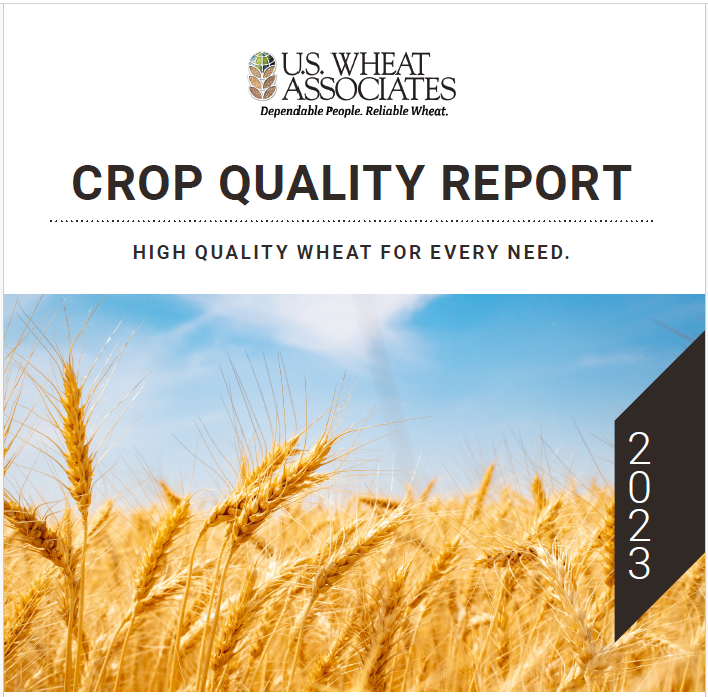
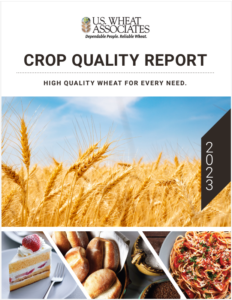

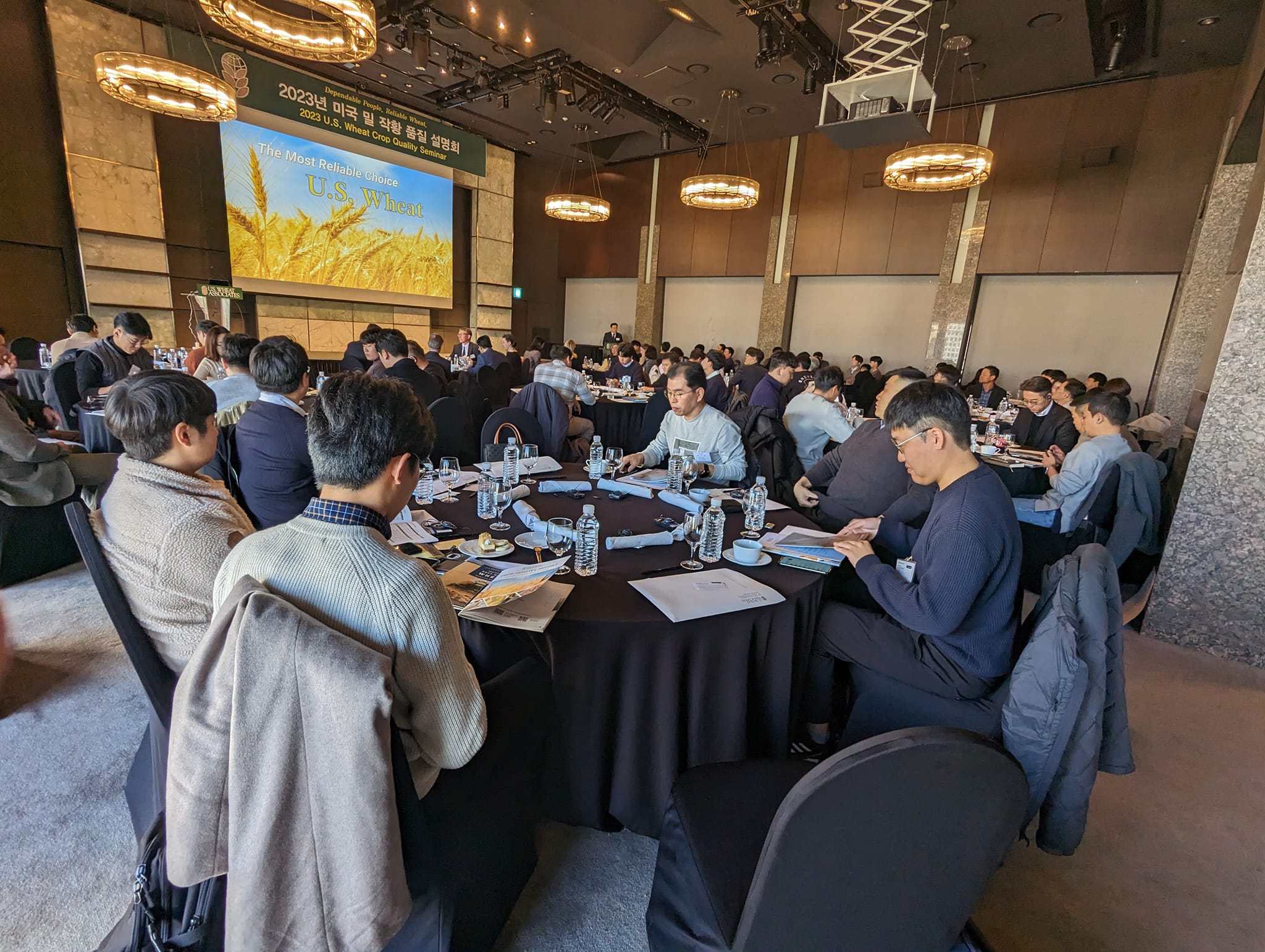
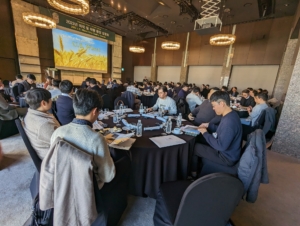
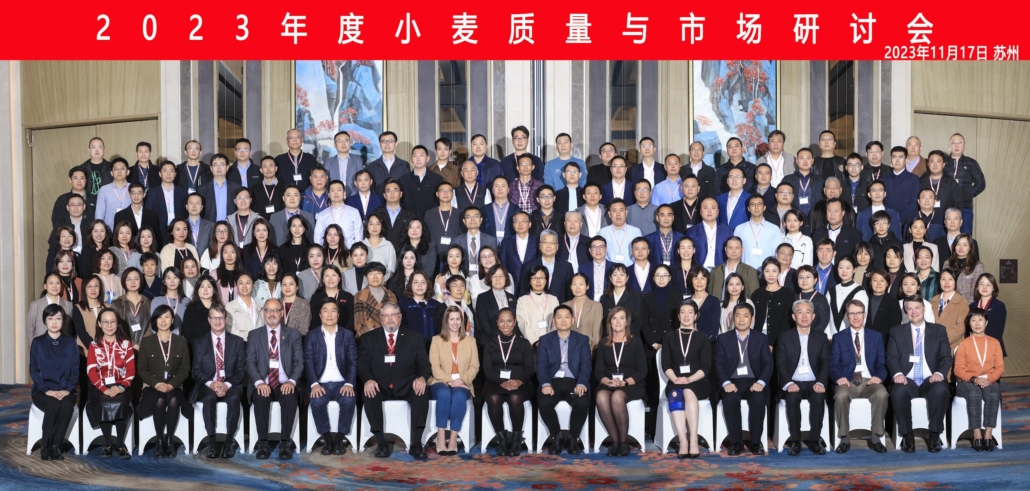

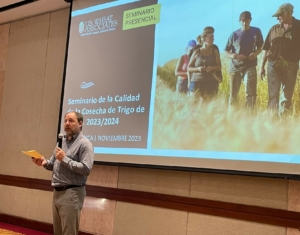

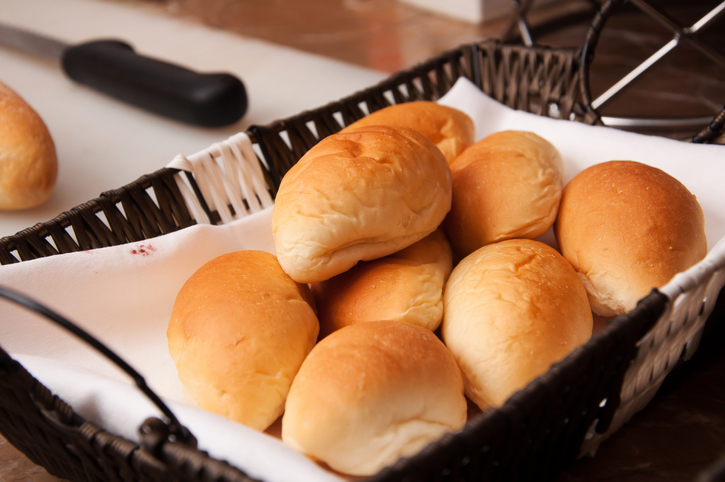


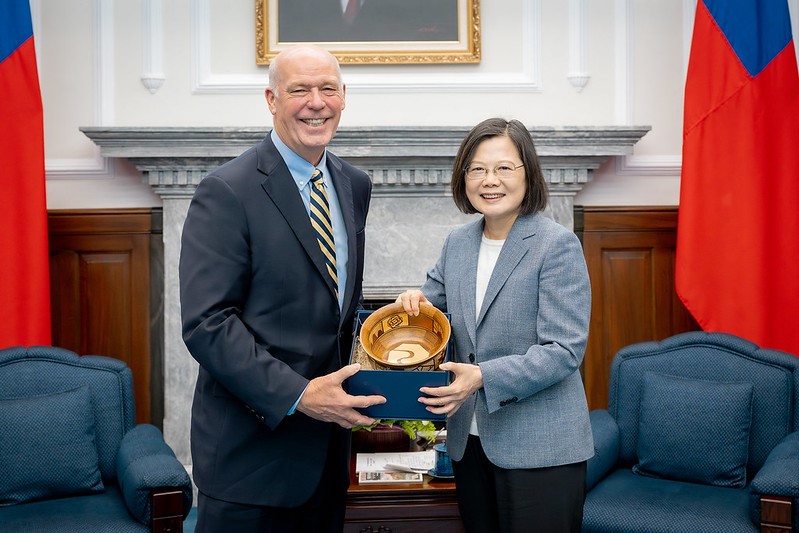
 United Grain Corp. (UGC) announced this week it will acquire Grain Craft’s Pendleton, Ore., grain elevator, more than 19,000 square feet of warehouse and accompanying property. The sale follows a fire last year that destroyed Grain Craft’s flour mill on that property. UGC says the Pendleton acquisition will support UGC’s McNary River Terminal by acting as a wheat satellite and positioning the company for growth in existing and new product lines. Read more
United Grain Corp. (UGC) announced this week it will acquire Grain Craft’s Pendleton, Ore., grain elevator, more than 19,000 square feet of warehouse and accompanying property. The sale follows a fire last year that destroyed Grain Craft’s flour mill on that property. UGC says the Pendleton acquisition will support UGC’s McNary River Terminal by acting as a wheat satellite and positioning the company for growth in existing and new product lines. Read more 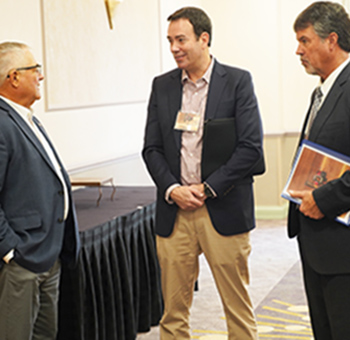
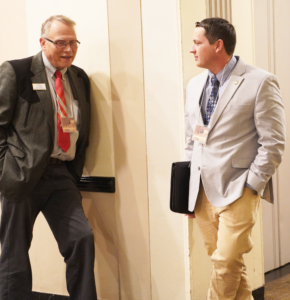
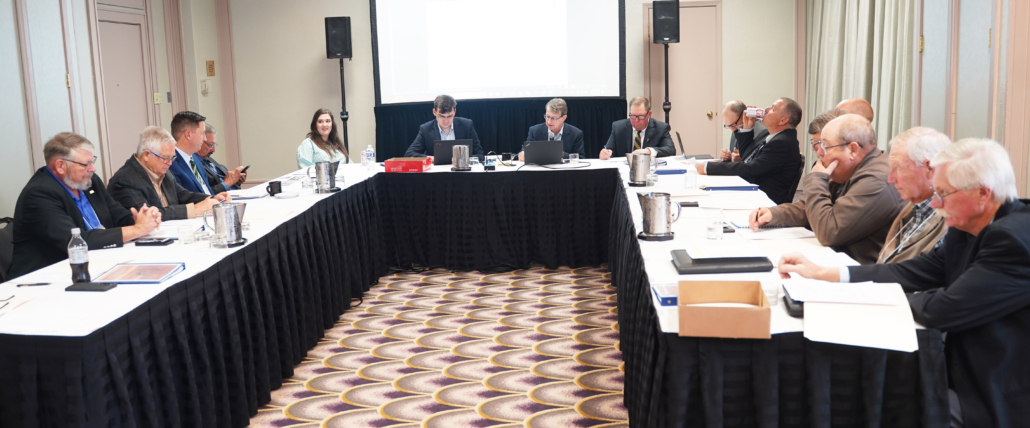

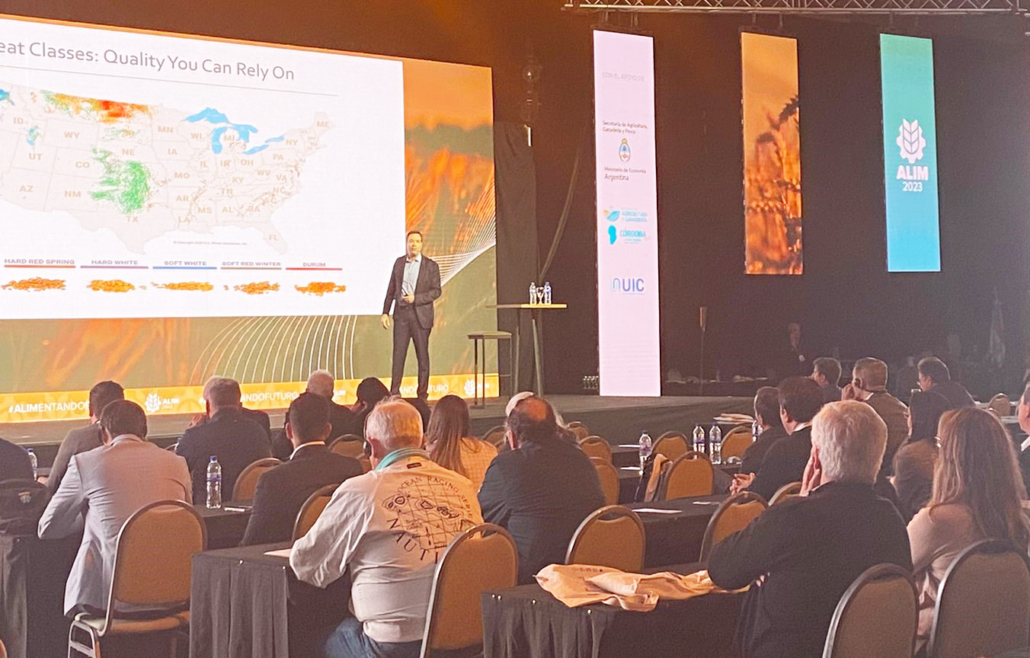


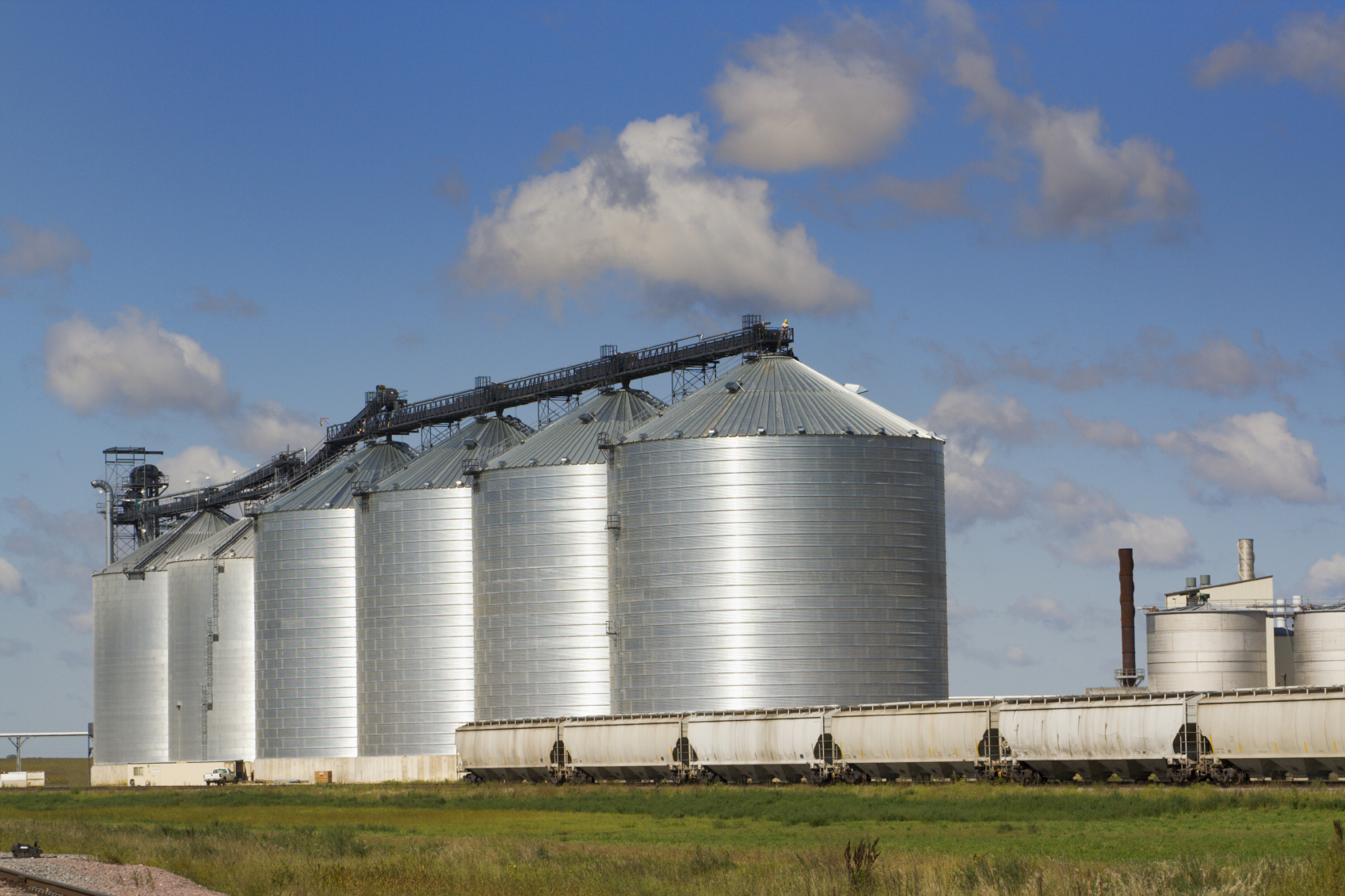
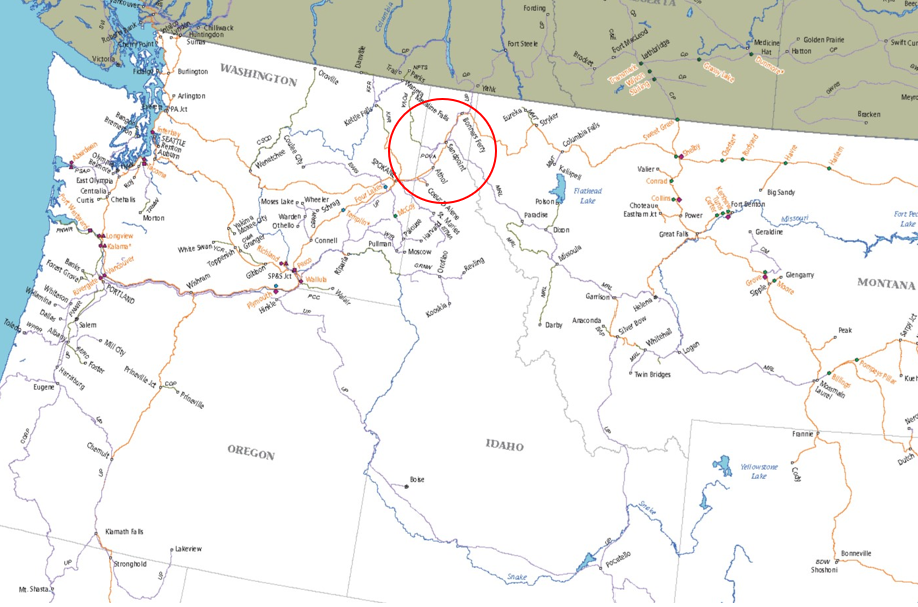
 Another noteworthy project is a $100 million
Another noteworthy project is a $100 million 